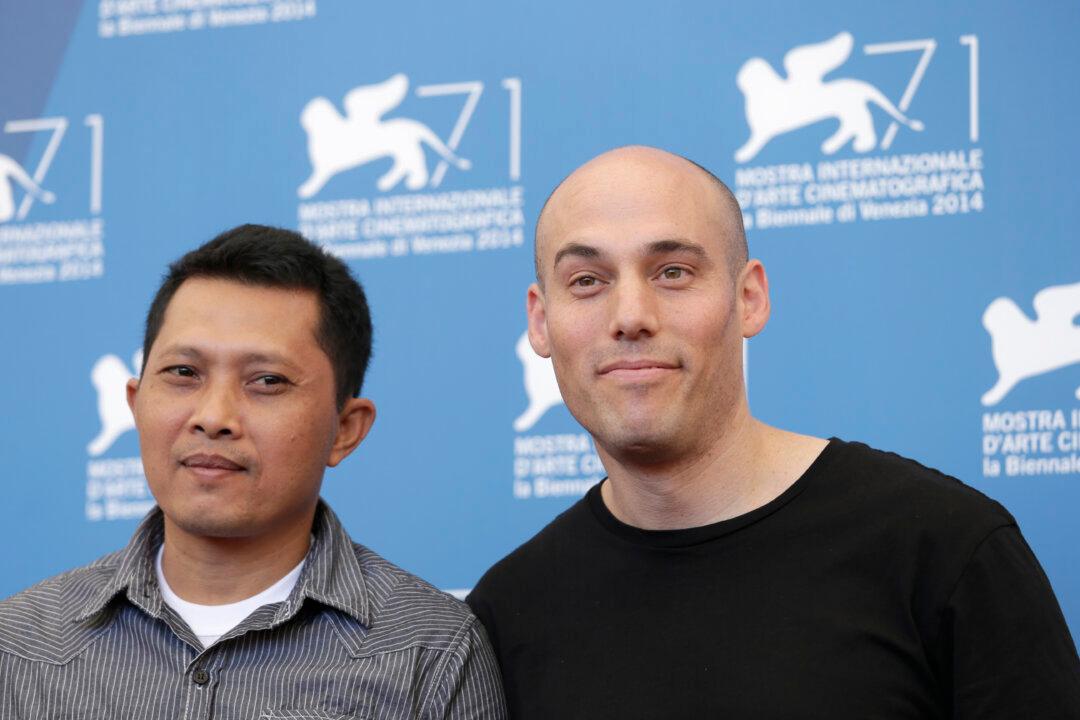WASHINGTON—In Joshua Oppenheimer’s latest documentary, “The Look of Silence,” there is a scene when an elderly mother is asked, “How do you feel living surrounded by your son’s killers?” She answers that she hates them, but is powerless and fearful to say anything. Indeed, the murderers are feared and sometimes treated as heroes.
The movie, completed in 2014, is about the quest of her other son Adi Rukun, to learn how his brother Ramli Rukun was killed, and to confront the killers. (Indonesians traditionally have only one name. Adi’s last name Rukun is just his father’s first name. So, I will refer to the protagonist by his given name, Adi.)
“The Look of Silence” was shown at the U.S. Institute of Peace (USIP) on July 14 with Director Oppenheimer present to comment and answer questions. It has been released in area theaters beginning July 17. It premiered in 2014 at the prestigious Venice Film Festival where it won the Grand Jury Prize, according to Indiewire.com, which says it has acquired over 40 top documentary prizes around the world.
It is a companion to Oppenheimer’s “The Act of Killing (2012),” which in 2013 was nominated by the Academy Awards for Best Documentary. Both films probe into the slaughter of as many as a million people, regarded as communist sympathizers, during the purge in 1965-66 Indonesia when Major General Suharto sidelined President Sukarno.





